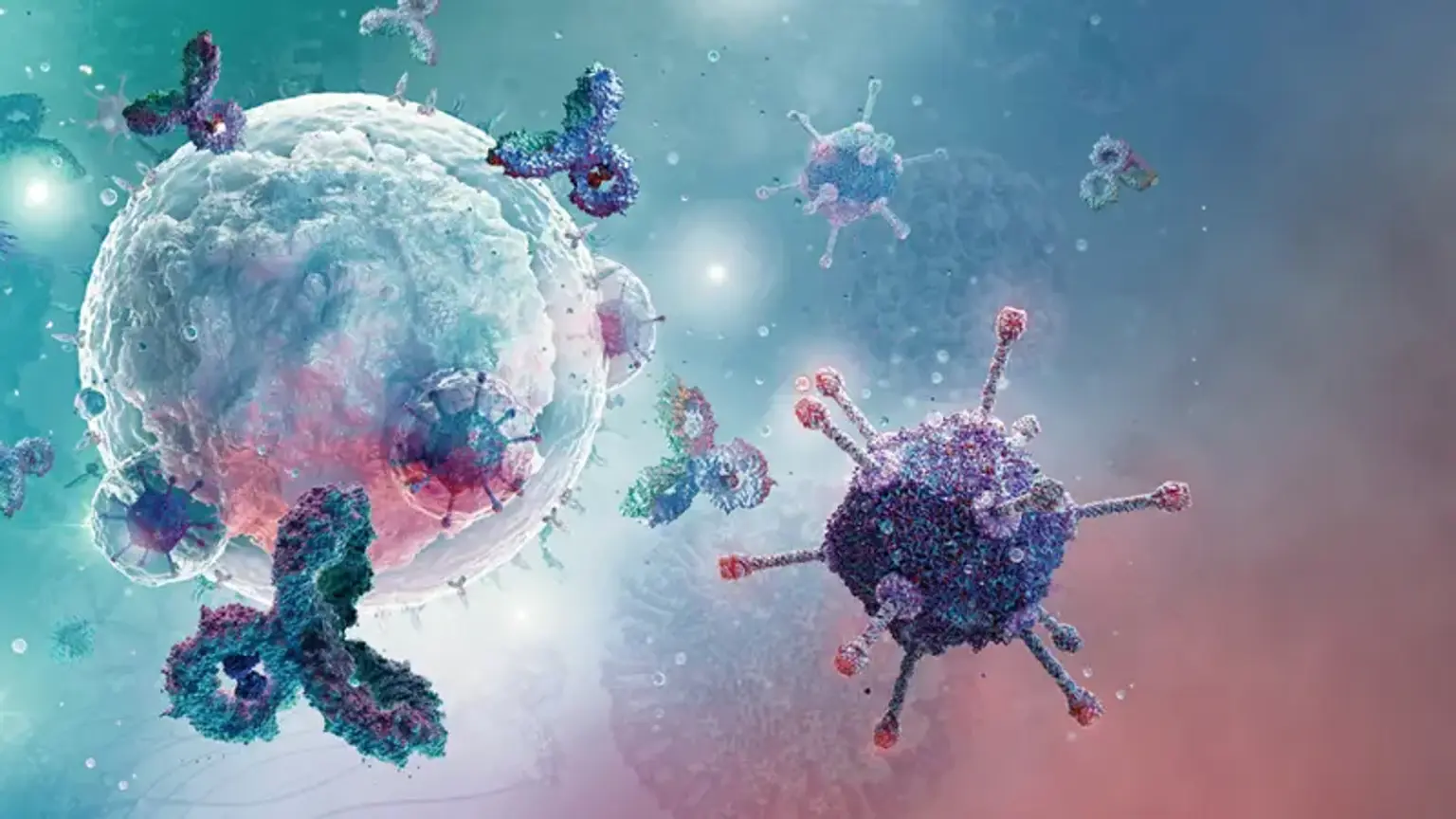Mediastinal Tumors
The histological and radiological spectrum of mediastinal tumors is broad. Thymoma, neurogenic tumors, and benign cysts are the most common lesions in the mediastinum, accounting for 65 percent of patients with mediastinal tumors. 80 percent of pediatric lesions are neurogenic tumors, germ cell neoplasms, and foregut cysts, whereas primary thymic neoplasms, thyroid masses, and lymphomas are the most prevalent in adulthood.
The pleural cavities laterally, the thoracic inlet superiorly, and the diaphragm inferiorly defines the mediastinum. Many anatomists subdivide it further into anterior, middle, and posterior divisions. Thymoma, teratoma, thyroid mass, and lymphoma are all examples of anterior mediastinal tumors, which account for half of all mediastinal tumors. Congenital cysts in the middle mediastinum are common, whereas neurogenic cysts in the posterior mediastinum are common.
Cough, chest pain, fever, and breathlessness are common symptoms at presentation. Local symptoms (respiratory restriction; paralysis of the limbs, diaphragm, and vocal cords; Horner syndrome; superior vena cava syndrome) are caused by tumor invasion, whereas systemic symptoms are caused by the production of excess hormones, antibodies, or cytokines.
